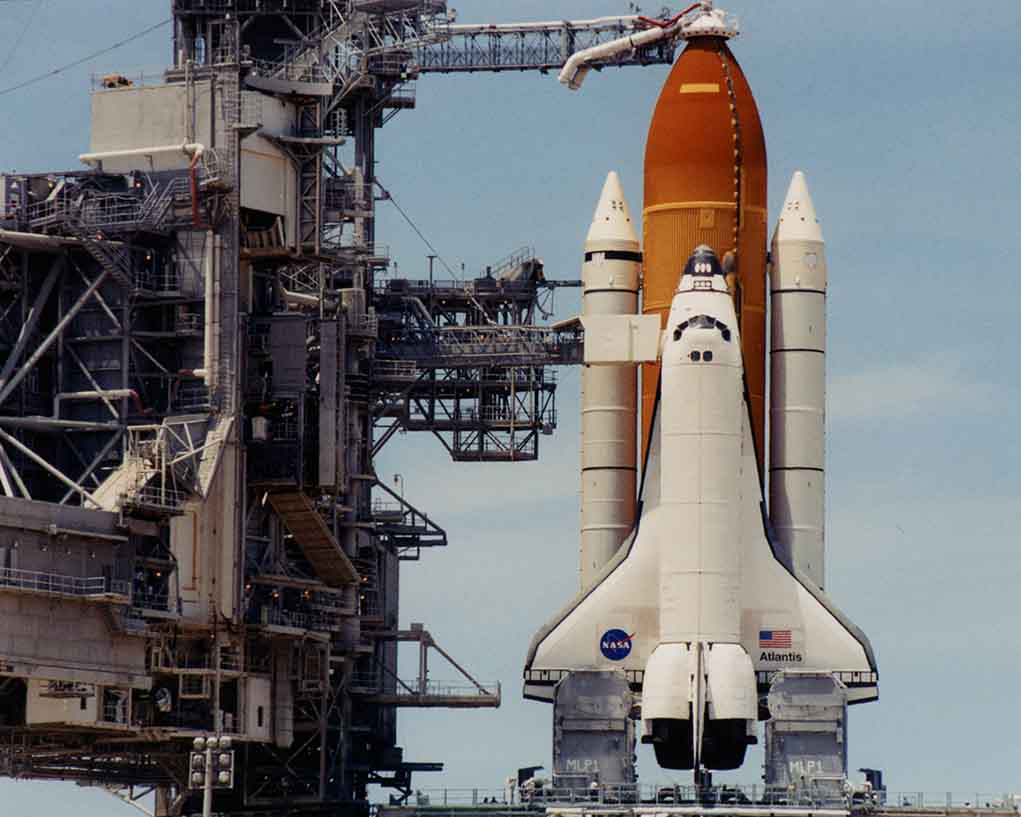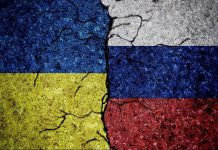
(NewInsights.org) – One of the biggest aerospace disasters in modern history went down in the books on January 28, 1986. The famous last words from shuttle pilot Mike Smith were, “Uh oh!” From there, the rest is nothing short of tragic. Here are some of the key highlights surrounding the profound, shocking demise of the Space Shuttle Challenger.
Why Was This Launch So Important?
The Space Shuttle was a human-crewed spacecraft that allowed humans to explore space. Prior to the Space Shuttle Challenger’s STS-51-L launch in 1986, it had nine successful flights. It was a seasoned machine and considered a safe option for carrying astronauts beyond Earth’s atmosphere.
While most people only heard about a space shuttle launch when they flipped through the news, this one was different. President Ronald Reagan allowed the first American civilian to travel into space. It sparked an inspirational draw and kindled interest in millions across the globe. Because of the media attention, it was televised in schools and classrooms everywhere.
A Monumental Event
Unlike other routine space shuttle launches, this flight was monumental. Most of the country witnessed it. But as they watched this exciting live event, from Kennedy Space Center at 11:38 a.m. EST, in Cape Canaveral, FL, the situation took a terrible turn.
The Space Shuttle Challenger initially appeared to have a successful launch. Viewers and spectators cheered with excitement.
Tragedy Strikes
As Challenger lifted off the ground in a plume of smoke at the rocket’s base, it was exhilarating. Everything the crew reported back to mission control was going according to plan, and the rockets were performing at their peak. As Challenger made its way up in the atmosphere, everything seemed like a success. Then, a small puff of smoke appeared at the shuttle’s base.
News commentators went quiet because they didn’t know the situation. Within seconds, the puff of smoke became an explosion, causing the shuttle to break away from its main base and the rockets. Helpless newscasters reported a problem and an explosion while asking for patience.
Spectators, many of them children, watched in disbelief, unsheltered from the tragedy unfolding on the television screen. Many sat huddled around classroom television sets as a day of celebration turned to sadness and despair.
Heroes of Hope
The president had chosen a civilian school teacher from a small New Hampshire town to join the crew. She had won the “Teacher in Space Project” contest, inspiring people across the country to hope anyone might someday travel to space, come back, and be a hometown hero. The program’s purpose was to set the stage for other teachers to share the experience in their own classrooms and inspire students to dream big.
There were other great minds on Challenger that fateful day as well. Seven heroes died onboard the 25th space shuttle mission:
- Dick Scobee, a pilot, engineer, astronaut and mission commander, had manned Challenger before.
- Mike Smith was an engineer and astronaut who also piloted Challenger.
- Greg Jarvis was a payload specialist, engineer and astronaut.
- Ronald McNair was a mission specialist, a physicist, and a NASA astronaut.
- Ellison Onizuka was the first Asian American to go into space.
- Judy Resnik, another mission specialist and engineer, was also the first Jewish woman in space.
- Christa McAuliffe was the winner of the Teacher in Space Project and the first school teacher slated to travel to space.
Each received the Congressional Space Medal of Honor.
Concerns and Cause for Delay
It was an unusually icy morning in sunny Florida on launch day in 1986. The temperatures led to a series of delays until the 11:00 a.m. launch when NASA specialists gave the go-ahead for takeoff. But one minor detail went unchecked, a failed O-ring seal. At first, the cold was to blame for the seal malfunction. A later investigation uncovered a series of noted flaws related to the seals, but inspectors let these issues go by the wayside.
A Nation in Mourning
The minutes, hours and days following the disaster broke our hearts. But people also felt the sting globally. People remember the tragedy to this day, and many recall where they were when they watched the shuttle explode.
Setting the Precedent for Future Flights
As an innovative reusable spacecraft, the space shuttle was constantly evolving and improving. Challenger and the shuttles that followed set future space safety and innovation precedents.
The space shuttle program officially retired in 2011. It offered the opportunity for not only trained astronauts and engineers to explore, experiment and launch satellites, but other professionals to experience it too. Space shuttles Discovery, Atlantis and Endeavor are now on museum display.
While NASA has launched new spacecraft since, like Orion, Challenger and other shuttles arguably paved the way. Because of the tragedy, experts are more diligent about inspection and safety measures.
Copyright 2023, NewInsights.org












